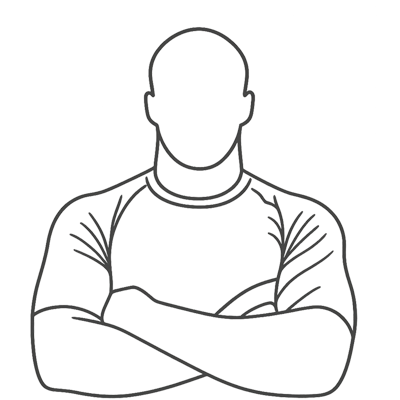Tarikoplata
- What is the Tarikoplata? (Definition & Historical Context)
- Biomechanics of the Tarikoplata (Detailed Mechanics & Principles)
- Common Setups and Entries to the Tarikoplata
- Common Mistakes to Avoid When Applying the Tarikoplata
- How to Defend and Escape the Tarikoplata (Counter-Strategies)
- Tarikoplata vs. Omoplata, Baratoplata, and Kimura (Comparative Analysis)
- Notable Matches and Athletes Featuring the Tarikoplata
- Tarikoplata Submission Statistics
- Matches Won by Tarikoplata
What is the Tarikoplata? (Definition & Historical Context)
Biomechanics of the Tarikoplata (Detailed Mechanics & Principles)
Common Setups and Entries to the Tarikoplata
Common Mistakes to Avoid When Applying the Tarikoplata
How to Defend and Escape the Tarikoplata (Counter-Strategies)
Tarikoplata vs. Omoplata, Baratoplata, and Kimura (Comparative Analysis)
Notable Matches and Athletes Featuring the Tarikoplata
Tarikoplata Submission Statistics
Most Tarikoplata Finishes
RNK
ATHLETE
WINS
1
Matches Won by Tarikoplata
| Fighters | Event | Date | Weight | ||
|---|---|---|---|---|---|
| Mayssa Bastos | def. | Kanae Ikeda | 2025 IBJJF World Championship | 2025 Jun 1 | |
| Mayssa Bastos | def. | Eonju Im | 2025 IBJJF Pan Jiu-Jitsu Championship | 2025 Mar 23 |
Table of Contents
- What is the Tarikoplata? (Definition & Historical Context)
- Biomechanics of the Tarikoplata (Detailed Mechanics & Principles)
- Common Setups and Entries to the Tarikoplata
- Common Mistakes to Avoid When Applying the Tarikoplata
- How to Defend and Escape the Tarikoplata (Counter-Strategies)
- Tarikoplata vs. Omoplata, Baratoplata, and Kimura (Comparative Analysis)
- Notable Matches and Athletes Featuring the Tarikoplata
- Tarikoplata Submission Statistics
- Matches Won by Tarikoplata
